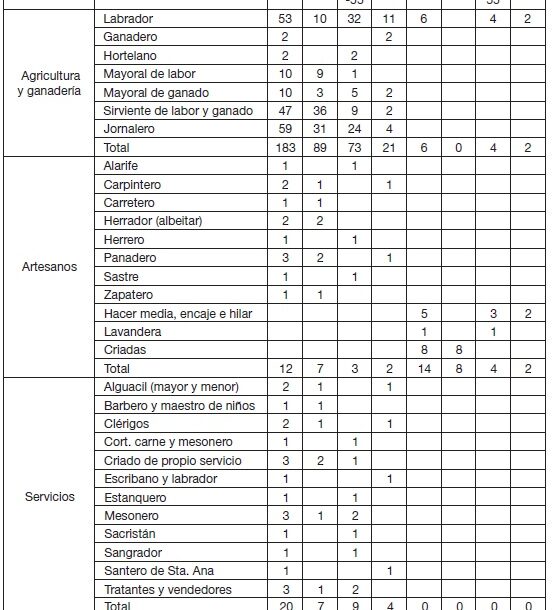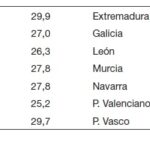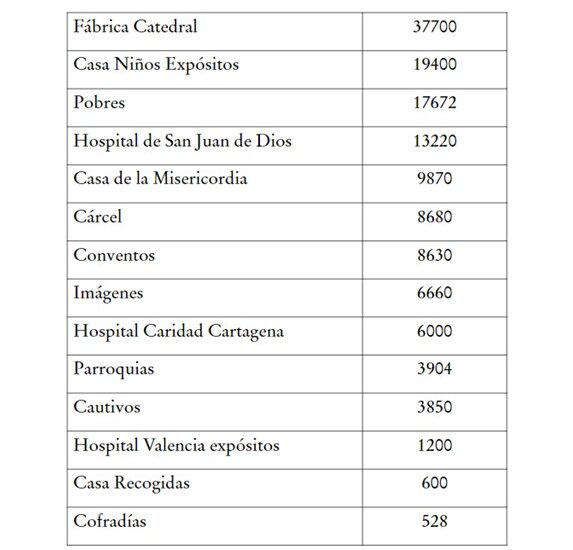
Life expectancy is a synthetic indicator that measures the average lifespan of a generation. During the 18th century, life expectancy was around 28 years, although other authors have suggested the possibility of 27 or 25 years. Infectious diseases were mainly responsible for the short lifespan, and were a scourge of Spanish villages, towns and cities. In addition, 1796 saw a fundamental event in the fight against infectious diseases: Jenner’s discovery of antivariol vaccination, which was quickly and favourably known. However, the above figures do not reflect Spanish levels. There are strong disparities between the territories, always within the parameters of the Ancien Régime. Similarly, there is a wide area of moderate mortality, consisting of a large part of coastal Spain, with a life expectancy of between 29 and 32 years.
Collection: Statistics
Project: 3. Rural world and urban world in the formation of the European identity., 4. Family, daily life and social inequality in Europe.
Chronology: XVIII
Scope: Secondary Education, Baccalaureate, University
Link: https://www.adeh.org/revista/2014,%202/RDH%20XXXII%20(II)%202014%20F%20Dopico.pdf
Resource type: Statistics
Format: Table
Source: Dopico, Fausto, «El impacto demográfico de las creencias. Una evaluación desde el siglo XVIII español», Revista de Demografía Histórica, vol. 32, nº2, 2014, pp. 51–76.
Language: Spanish
Date: 2014
Owner: Álvaro Romero González (Modernalia)
Copyright: © Fausto Dopico, © Revista de Demografía Histórica
Abstract: Life expectancy in the different Spanish provinces during the second half of the 18th century
Image
Tags







